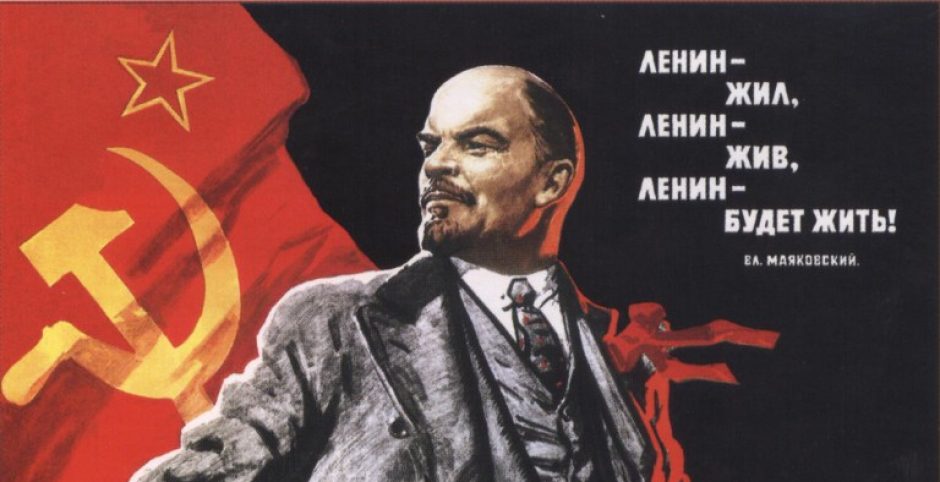In Peter the Great’s eulogy, he was praised for having “transformed the existing architecture, [which was] coarse and deformed in the utmost degree; or rather, he caused architecture to be born in this country” (Cracraft, 78). Cracraft goes on to explain that this condemnation of Muscovite building practices, considered backwards and medieval in comparison to the Western European standards of beauty at the time, was “self-evident” not only to european visitors, but also to the Russian elite that had travelled extensively and seen the grand capitals of other nations.
Throughout this course and especially in sections related to Petrine revolutions, we’ve seen this combination of declaring traditional Russian ways backwards or outdated and striving for a Western European standard of progress and cultural power. How does the architecture of St. Petersburg, especially compared to Moscow, speak to this recurring power dynamic? How do features of architectural and civil engineering in Peter’s great city reveal the cultural and societal ideals he was trying to instill in Russia?
Warning: Attempt to read property "comment_ID" on null in /home/theleahg/russianrevolutionss17-2.theleahgoldman.com/wp-content/plugins/subscribe-to-comments/subscribe-to-comments.php on line 71
Warning: Attempt to read property "comment_author_email" on null in /home/theleahg/russianrevolutionss17-2.theleahgoldman.com/wp-content/plugins/subscribe-to-comments/subscribe-to-comments.php on line 591
Warning: Attempt to read property "comment_post_ID" on null in /home/theleahg/russianrevolutionss17-2.theleahgoldman.com/wp-content/plugins/subscribe-to-comments/subscribe-to-comments.php on line 592
Warning: Attempt to read property "comment_ID" on null in /home/theleahg/russianrevolutionss17-2.theleahgoldman.com/wp-content/plugins/subscribe-to-comments/subscribe-to-comments.php on line 71
Warning: Attempt to read property "comment_author_email" on null in /home/theleahg/russianrevolutionss17-2.theleahgoldman.com/wp-content/plugins/subscribe-to-comments/subscribe-to-comments.php on line 591
Warning: Attempt to read property "comment_post_ID" on null in /home/theleahg/russianrevolutionss17-2.theleahgoldman.com/wp-content/plugins/subscribe-to-comments/subscribe-to-comments.php on line 592
Warning: Attempt to read property "comment_ID" on null in /home/theleahg/russianrevolutionss17-2.theleahgoldman.com/wp-content/plugins/subscribe-to-comments/subscribe-to-comments.php on line 71
Warning: Attempt to read property "comment_author_email" on null in /home/theleahg/russianrevolutionss17-2.theleahgoldman.com/wp-content/plugins/subscribe-to-comments/subscribe-to-comments.php on line 591
Warning: Attempt to read property "comment_post_ID" on null in /home/theleahg/russianrevolutionss17-2.theleahgoldman.com/wp-content/plugins/subscribe-to-comments/subscribe-to-comments.php on line 592
Warning: Attempt to read property "comment_ID" on null in /home/theleahg/russianrevolutionss17-2.theleahgoldman.com/wp-content/plugins/subscribe-to-comments/subscribe-to-comments.php on line 71
Warning: Attempt to read property "comment_author_email" on null in /home/theleahg/russianrevolutionss17-2.theleahgoldman.com/wp-content/plugins/subscribe-to-comments/subscribe-to-comments.php on line 591
Warning: Attempt to read property "comment_post_ID" on null in /home/theleahg/russianrevolutionss17-2.theleahgoldman.com/wp-content/plugins/subscribe-to-comments/subscribe-to-comments.php on line 592
Warning: Attempt to read property "comment_ID" on null in /home/theleahg/russianrevolutionss17-2.theleahgoldman.com/wp-content/plugins/subscribe-to-comments/subscribe-to-comments.php on line 71
Warning: Attempt to read property "comment_author_email" on null in /home/theleahg/russianrevolutionss17-2.theleahgoldman.com/wp-content/plugins/subscribe-to-comments/subscribe-to-comments.php on line 591
Warning: Attempt to read property "comment_post_ID" on null in /home/theleahg/russianrevolutionss17-2.theleahgoldman.com/wp-content/plugins/subscribe-to-comments/subscribe-to-comments.php on line 592
